Space
Space Development Field


Space
Space Development Field
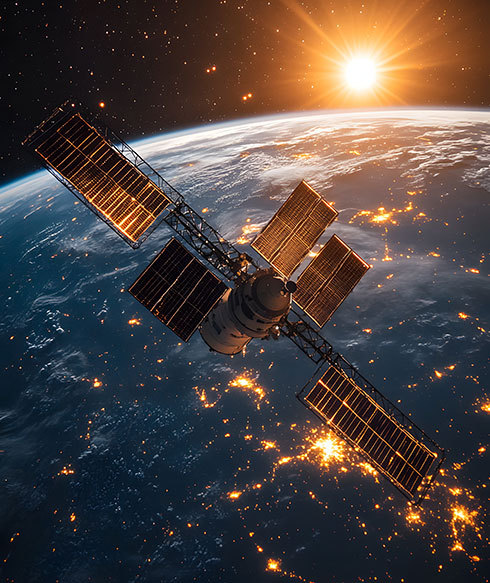
We work together using our software expertise to solve frontline challenges
Behind the journeys of those venturing into the uncharted realms of space lies the need for precise calculations, vast data processing, seamless communication, and autonomous operations. We address these challenges with software technologies spanning orbit calculation, image analysis, network systems, simulation, AI, and embedded systems. Mechanical analysis underpins orbit design and maneuver planning. Reliable communication helps acquire knowledge in areas with limited connectivity. Image processing and analysis enable the derivation of new insights from observational data. The application of artificial intelligence assists in making complex decisions. Above all, we stand beside every pioneer—right there with them—as an indispensable partner.
Our Strengths and Value Proposition
ISP assists customers in resolving their issues by acting as a partner with a wide range of technical skills and flexibility in space exploration and development, a field that demands high expertise.
Collaborative support from start to finish
To ensure that even those unfamiliar with software development can confidently consult with us, we provide continuous support from requirement analysis and specifications to design, implementation, and testing. We work alongside our customers and steadily advance the project.
Collaborate adaptively through trial and error
We get involved in projects from the early stages, even when the specifications are not yet finalized. We thoroughly understand our customers' core needs and background, repeatedly test hypotheses, and collaborate to find the best solution.
Offering problem-solving skills across various fields
We will incorporate cutting-edge technologies developed outside the space industry, such as image processing, robotics, and AI, into the development process. By combining expertise from different fields, we will unlock new possibilities in space exploration and development.
High adaptability for embedded and FPGA development
We support the development of embedded devices by leveraging our experience with terrestrial equipment, such as FPGA design through high-level synthesis. Even in environments with strict hardware limitations, we deliver solutions that are both reliable and efficient.
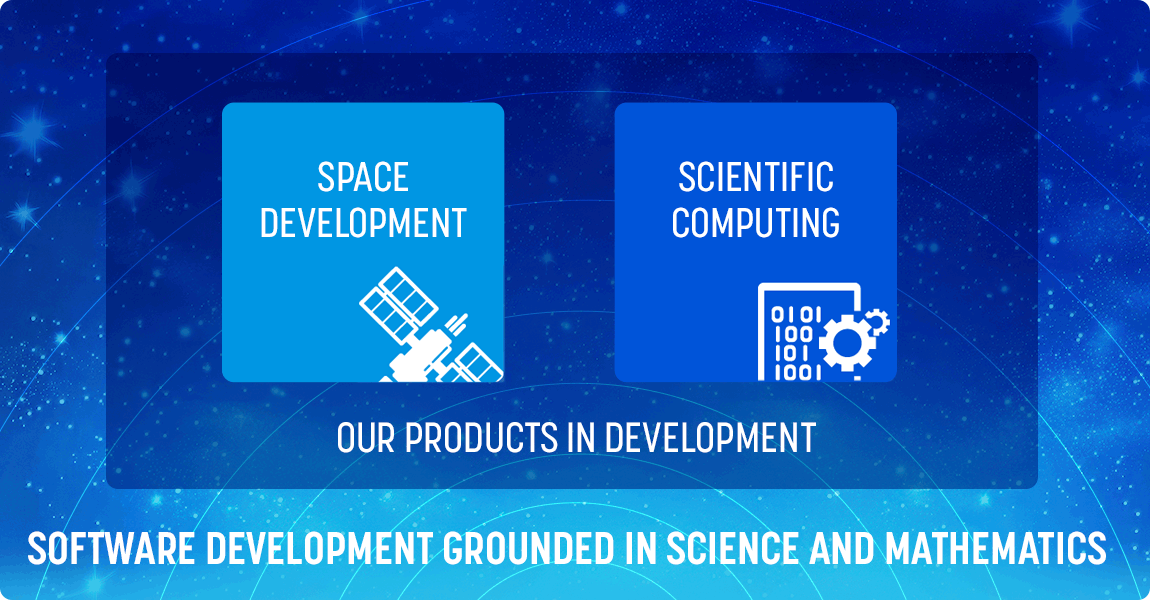
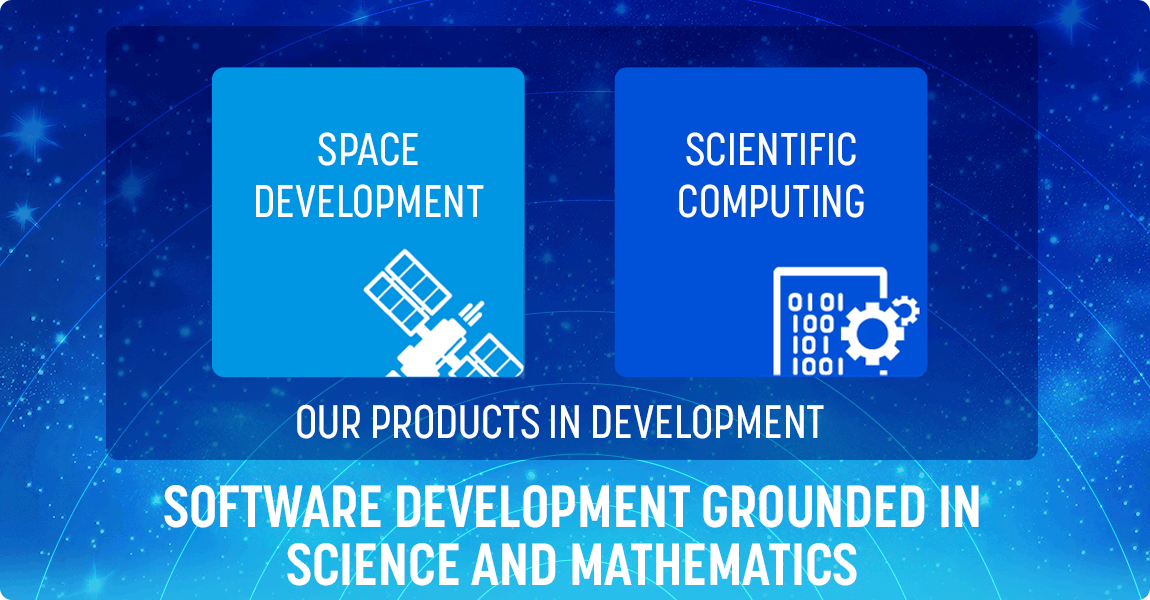
R & D Achievement

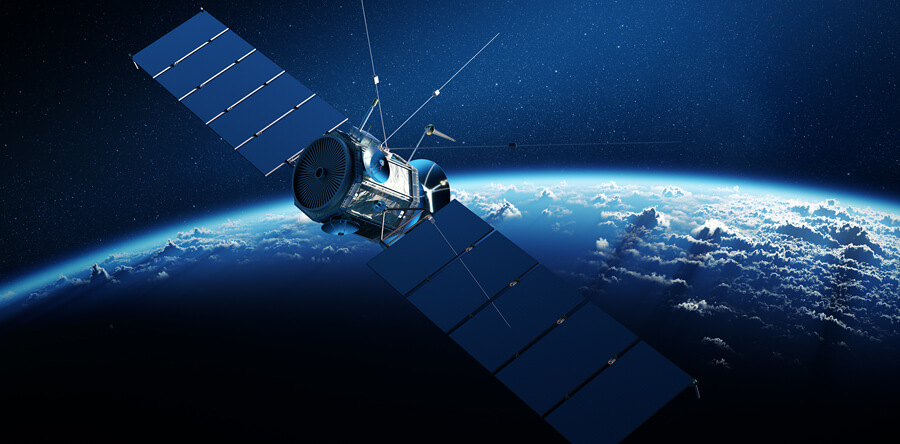
Contracted R & D Development Achievements

Space Agency (Overseas)
Consulting services for lunar orbiter satellite missions
We were responsible for technical consulting during the initial study phase (Phase A/B) of the lunar exploration mission. At this stage, it is crucial to consider many factors, such as defining the purpose of the exploration—what kind of scientific results we aim for—selecting necessary observation equipment, identifying potential observation sites, designing the route (orbit) to the Moon, estimating fuel requirements, and establishing communication methods with Earth.
For these complex technical issues, we collaborated with external experts with specialized knowledge in spacecraft areas such as orbit design, communications, and thermal management to ensure reliable studies. By providing not only software solutions but also comprehensive design proposals for the entire space mission, we help establish a solid foundation for advancing the exploration plan towards realization.
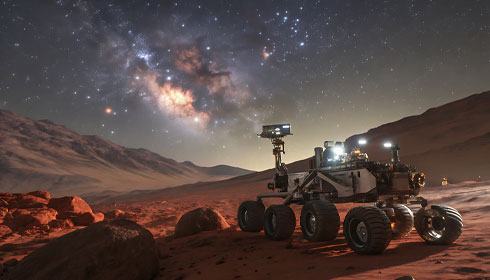
Start-up business (Overseas)
Collaboration in developing small spacecraft for planetary and satellite exploration
To enable a small spacecraft for planetary and satellite exploration to perform missions and transmit data to Earth, it is necessary to establish a wireless communication system with a relay point. We provided technical support in the embedded development of a wireless communication driver that enables this communication. Additionally, we handled the software development to transmit data collected by the spacecraft's onboard equipment to the ground. The development was carried out by experienced developers of a lunar exploration rover, who understood the background of the requirements and the system setup before responding.
This supports a system that can quickly assess the local situation and contribute to the efficient and safe operation of space exploration missions.
Technical Elements: Embedded Development, Linux Kernel, Communication, Video Processing
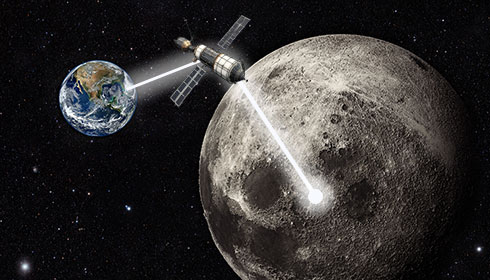
ArkEdge Space Inc.
Support for advancing satellite on-board technology for lunar positioning systems
In recent years, as lunar exploration missions by various countries have increased, there is an urgent need to develop a real-time positioning system on the lunar surface and in lunar orbit to support sustainable and safe activities.
In Japan, the Lunar Navigation Satellite System (LNSS) is being studied, especially for the south pole of the moon. The consortium led by ArkEdge Space has been exploring ways to significantly lower satellite costs, shorten development times, and streamline the production process by building an LNSS using microsatellites. Additionally, ArkEdge Space is now beginning full-scale development of a demonstration mission based on the Space Strategy Fund.
We worked together on embedded software to precisely calculate time and orbit data within satellite equipment.
By utilizing advanced embedded technology and software development expertise, we enhance the reliability and accuracy of positioning systems.
Technical Elements: Embedded Development, Numerical Calculations, Extended Kalman Filters
Products & Services
- Multi-Agent Wireless Mesh Network Solution【I-SoUMeN】
- Trajectory optimization software
